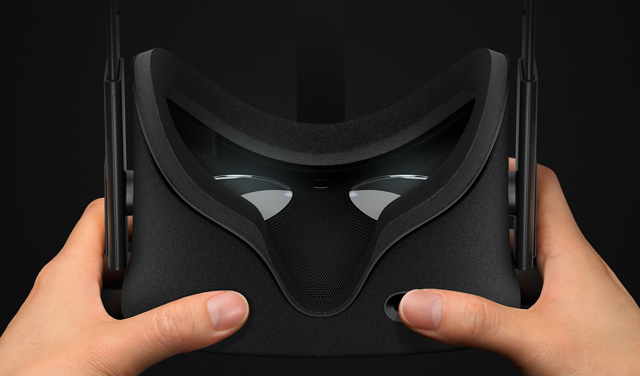A year after going on record that they would open up their tracking systems to third party developers, neither Oculus nor Valve have done so. So called ‘6DOF’ (degrees of freedom) tracking allows for head and body tracking, as well as mapping of physical objects like handheld objects and furniture, into the virtual world. Oculus’ Constellation tracking system uses a collection of IR-LEDs tracked by an external camera. Meanwhile, Valve/HTC’s Lighthouse tracking system uses photodiodes that track lasers from base stations.
For those old enough to remember the next-gen DVD format wars, this is the equivalent of Blu-ray versus HD-DVD; the end result is the same but the approaches (and Intellectual Property) are different.
A number of third party developers have developed interesting peripherals that take advantage of tracking. StrikerVR, for example, has a controller in the shape of a rifle with powerful recoil generated by internal haptics. Also, VR experience developers like Stress Level Zero are using tracking in interesting ways to produce unique experiences.
But not having agreement over the content and structure of the backchannel data from the two most talked-about high-end VR hardware makers reduces third party developer interest because it shrinks the size of their potential market or forces them to assume the expense of developing for two competing platforms instead of one interoperable ecosystem.
“FOVE, a Japanese firm making a headset with integrated eye tracking, had to renege on a Kickstarter promise to use Lighthouse tracking,” reports Road to VR, “instead opting to build their own tracking system for the time being.”


No Comments Yet
You can be the first to comment!
Sorry, comments for this entry are closed at this time.